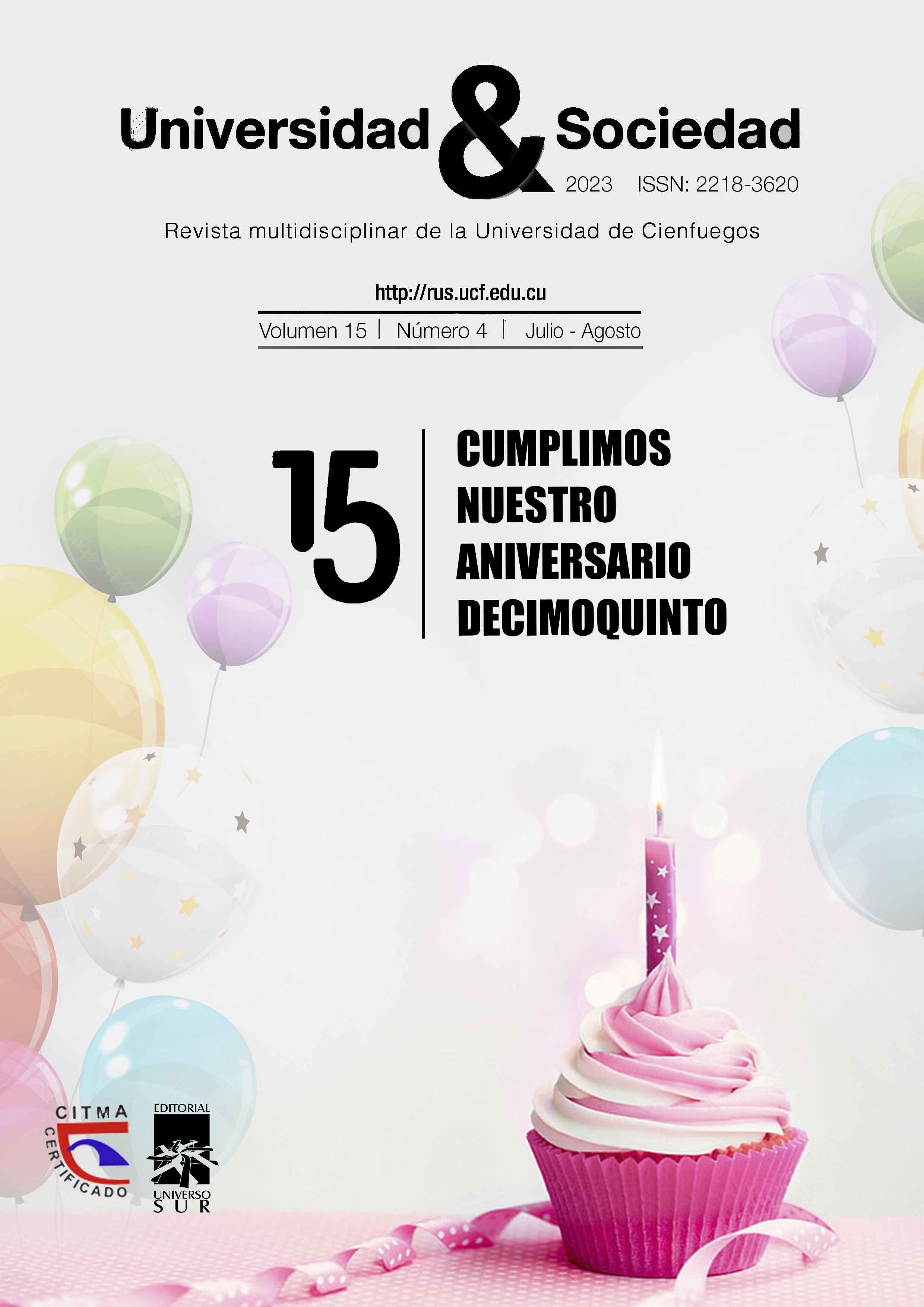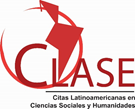Nature-based tourism and bird conservation. The case of the White-collared Swift (Streptoprocne Zonaris) in Cuba
Resumen
ABSTRACT
The trend to increase outdoor activities related to nature-based tourism raises concern among researchers and conservationists due to the potential impact on wildlife. Among the places experiencing increasing pressure are the sites of bird’s concentration, such as nesting colonies. Topes de Collantes (south-center Cuba) is a protected area where the largest nesting colonies of White-collared Swift are found in Cuba. In the work is evaluated if the tourist activity interferes with the key elements of the reproductive biology of the species (the breeding chronology, the limiting factors to establish a nesting colony and the peaks of activity during the day at nesting colonies) in three study sites at Topes de Collantes. The impacts of recreational activities and the interaction between visitors and birds were determined by direct observation through walks within the studied sites, their surroundings and trails. We did not detect direct impacts of visitors in either of the three nesting colonies evaluated, where we observed an effective space-time segregation. However, the presence of alien species and damage to cave walls by graffiti requires management strategies, including guidance and environmental education.
Keywords: Breeding chronology, cypseloidines swifts, space-time segregation, Topes de Collantes, touristic activities impacts.
RESUMEN
La tendencia al aumento de las actividades al aire libre relacionadas con el turismo de naturaleza genera preocupación entre investigadores y conservacionistas debido al impacto potencial sobre la vida silvestre. Entre los lugares que experimentan una mayor presión son los sitios de concentración de aves, como las colonias de nidificación. Topes de Collantes (centro-sur de Cuba) es un área protegida donde se encuentran las mayores colonias de nidificación de Vencejo de Collar de Cuba. Se evaluó si la actividad turística interfiere con los elementos clave de la biología reproductiva de la especie (la cronología reproductiva, los factores limitantes para establecer una colonia de anidación y los picos de actividad durante el día en las colonias de nidificación) en tres sitios de nidificación del área. Los impactos de las actividades recreativas y la interacción entre visitantes y aves se determinaron por observación directa a través de caminatas dentro de los sitios de estudio, sus alrededores y senderos. No se detecta impactos directos de los visitantes en las tres colonias de nidificación evaluadas, donde se observa una efectiva segregación espacio-temporal. Sin embargo, la presencia de especies exóticas y el daño a los sitios (las paredes de las cuevas) por graffiti requiere estrategias de manejo, que incluyan orientación y educación ambiental.
Palabras clave: Cronología reproductiva, impactos de actividades turísticas, segregación espacio-temporal, Topes de Collantes, vencejos cypseloidines.
Publicado
Cómo citar
Número
Sección
Licencia
Derechos de autor 2023 Editorial "Universo Sur"

Esta obra está bajo una licencia internacional Creative Commons Atribución-NoComercial-SinDerivadas 4.0.
La editorial "Universo Sur", de la Universidad de Cienfuegos, publica el contenido de la Revista "Universidad y Sociedad" bajo una Licencia Creative Commons Atribución-NoComercial-SinDerivar 4.0 Internacional.
© Podrá reproducirse, de forma parcial o total, el contenido de esta publicación, siempre que se haga de forma literal y se mencione la fuente.










